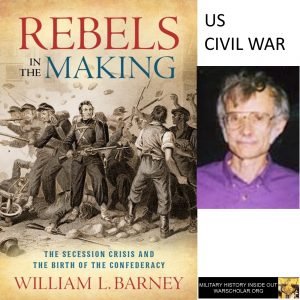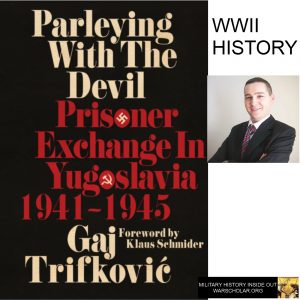Podcast: Play in new window | Download
Subscribe: RSS
 Check out this book here https://amzn.to/36d5SQe
Check out this book here https://amzn.to/36d5SQe
Steven Woodworth has been studying, writing about, and teaching US Civil War history for years. He co-edits the Southern Illinois University Press series on the US Civil War Western Campaigns series and we spoke about the latest volume in the series about the Siege of Vicksburg.
(THE AUDIO PLAYER IS AT THE BOTTOM OF THE POST.)
(Note: The sound recording in the first ten minutes is a little [muffled] flat but it clears up after that.)
0:39 – Steven talks about why he helped create a book on the Vicksburg campaign of the US Civil War.
4:14 – Steven talks about how he got into studying the US Civil War.
7:11 – Steven talks about the eight essays in the book including essays on the US Colored Troops, Grant, sharpshooters, night actions, Vicksburg mines, civilians, Louisianans, and attitudes about the fall of Vicksburg.
11:42 – Steven talks about the Army of the Tennessee and the deficiencies it had.
18:27 – Steven talks about the importance of West Point in the course of US history and the US Civil War. He also discusses the nature of the Seige of Vicksburg.
22:40 – Steven talks about the goals of the Vicksburg siege operations.
26:17 – Steven talks about Vicksburg and foreign powers intervening in the US Civil War.
29:30 – Steven discusses whether the South protected Vicksburg as well as they should have.
35:26 – Steven talks about the United States Colored Troops essay.
40:52 – Steven talks about freed slaves running captured plantations.
42:09 – Steven talks about how they put the book together.
46:13 – Steven discusses General Johnston.
47:14 – Steven talks the importance of a book like this in regards to Vicksburg.
49:24 – Steven talks about the demoralizing effect of the fall of Vicksburg for the Confederates.
54:39 – Steven talks about attempts to convince Southerners to stop fighting the war.
58:50 – Steven’s books and the series can be found on the Southern Illinois University Press.
Links of interest
http://www.siupress.com/books/978-0-8093-3783-5
For more “Military History Inside Out” please follow me at www.warscholar.org, on Facebook at warscholar, on twitter at Warscholar, on youtube at warscholar and on Instagram @crisalvarezwarscholar. Or subscribe to the podcast on Apple Podcasts | Google Podcasts | Stitcher | Spotify Please see historyrabbithole.com for a list of my dozen or so blogs and podcasts. You’re sure to find something you like.
Guests: Steven Woodworth
Host: Cris Alvarez
Check out this book here https://amzn.to/36d5SQe
As an Amazon Associate I earn from qualifying purchases.

 American Civil War – An interview with William Barney about his new book Rebels in the Making, published by Oxford University Press, on Southern secession in 1860 to 1861.
American Civil War – An interview with William Barney about his new book Rebels in the Making, published by Oxford University Press, on Southern secession in 1860 to 1861. 